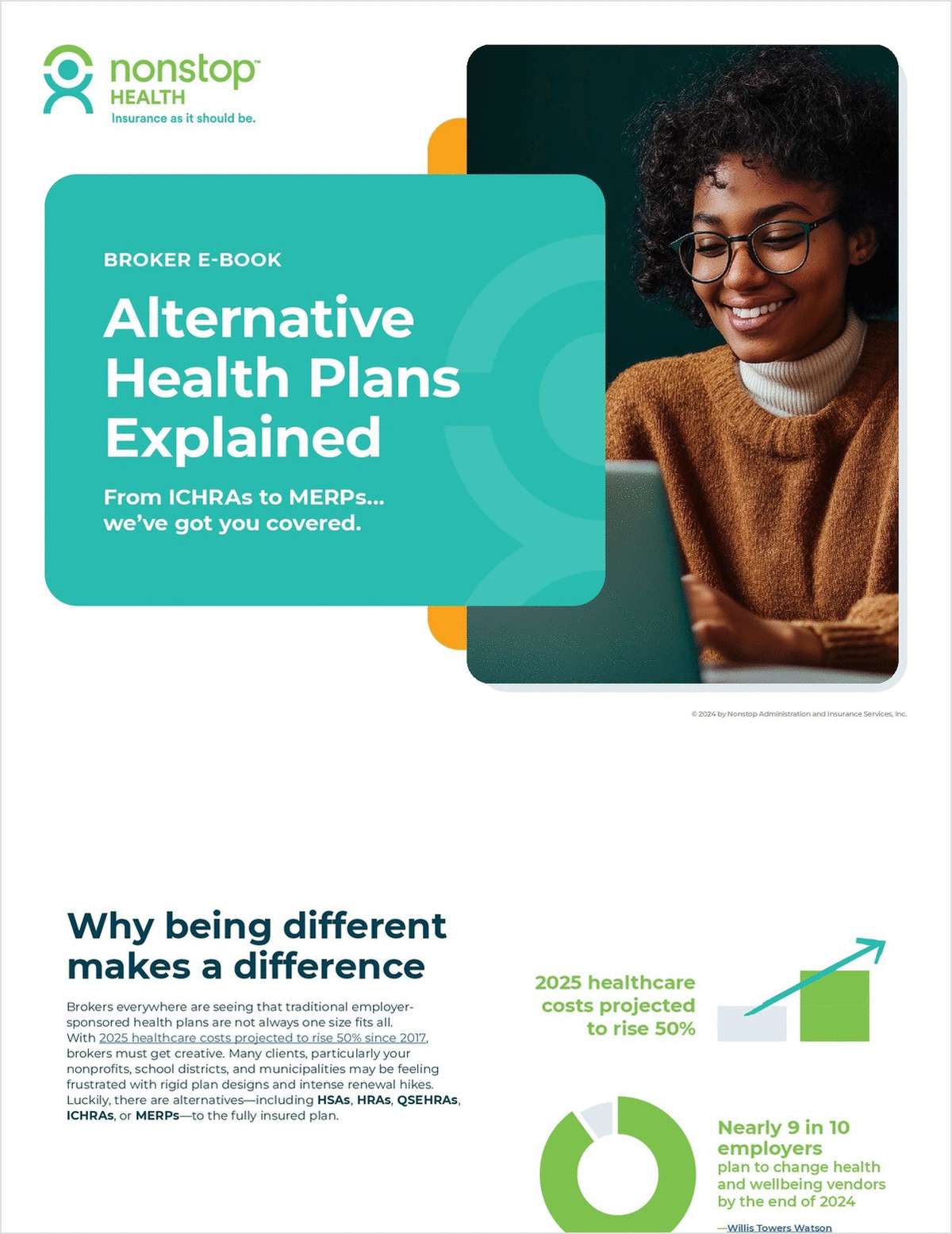In February of this year, two letters went out to Congress imploring lawmakers to take definitive steps towards reducing health care costs. Both letters shared a focus on value-based care. Ilyse Schuman, senior vice president of health policy at the American Benefits Council, urged Congress in a February 27 letter to "take bold steps to address the root causes of rising costs (including market consolidation, lack of competition, price and quality transparency and the prevalence of chronic conditions) and promote value-based payments." The letter goes on to state that "efforts by employers to pursue innovative strategies that improve the value of health care are hampered by inconsistent and incomplete quality metrics. Some employers are already providing quality reporting, or others are working toward that goal, but challenges remain. Federal programs can spur these efforts by adopting uniform measures across federal programs. Congress can promote consensus measures of value to incentivize value-based payments." Meanwhile, a letter sent earlier in the month by a dozen leading U.S. health care organizations—including the American Medical Association, the Health Care Transformation Task Force and the American College of Physicians—stressed that value-based payment reforms have generated "more than $17 billion in gross savings" for Medicare over the past decade and improved the quality of care for millions of patients. "As you consider your priorities for the 118th Congress, we ask that you continue to advance the transition to value-based health care," the letter states. This recent focus on value-based payments may be why it tops the "System and Payment Reform" section of Ezekiel J. Emanuel's latest list of "Nine Health Care Megatrends." Emanuel, the vice provost for global initiatives and the Diane v.S. Levy and Robert M. Levy University Professor at the University of Pennsylvania as well as an oncologist and world leader in health policy and bioethics, first identified a number of trends in a book he wrote eight years ago called Reinventing American Health Care. These new "megatrends" are intended to follow on the trends outlined in the book, he writes, and ones he believes "will characterize US health over the rest of this decade." "As with everything, how these trends play out—especially how extensively and rapidly they are implemented and develop—will depend on government action, the overall economy, and commitment by those in the health care industry," Emanuel says in his introduction to the list. "As I discuss, not all of the trends I predicted in 2014 developed in the time frames I envisioned. But in my judgment, the trends I lay out in this article represent what is likely to happen. "If these nine megatrends turn out to be even partially correct, the US health care system—and most importantly patients—will be much better off at the end of the decade than today. We can all look forward to that," he concludes. The above slideshow summarizes Emanuel's nine trends, along with highlights from his commentary. Related: |
Complete your profile to continue reading and get FREE access to BenefitsPRO, part of your ALM digital membership.
Your access to unlimited BenefitsPRO content isn’t changing.
Once you are an ALM digital member, you’ll receive:
- Breaking benefits news and analysis, on-site and via our newsletters and custom alerts
- Educational webcasts, white papers, and ebooks from industry thought leaders
- Critical converage of the property casualty insurance and financial advisory markets on our other ALM sites, PropertyCasualty360 and ThinkAdvisor
Already have an account? Sign In Now
© 2024 ALM Global, LLC, All Rights Reserved. Request academic re-use from www.copyright.com. All other uses, submit a request to [email protected]. For more information visit Asset & Logo Licensing.








